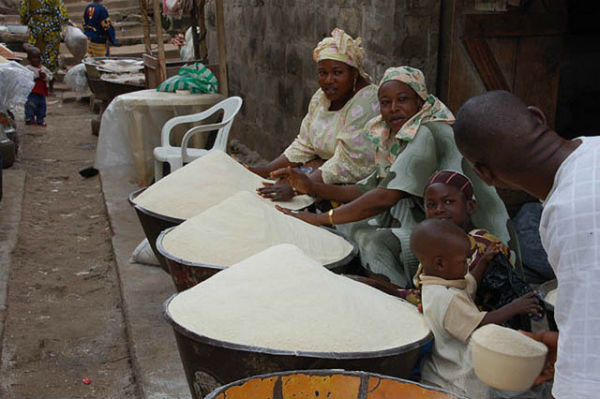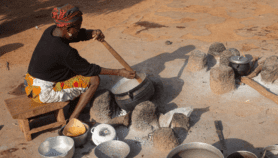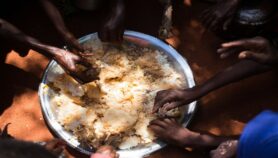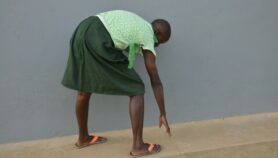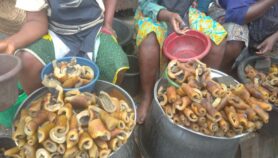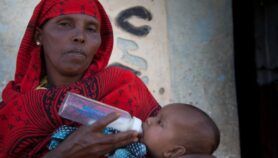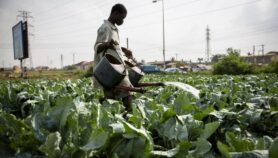By: Alex Abutu
Send to a friend
The details you provide on this page will not be used to send unsolicited email, and will not be sold to a 3rd party. See privacy policy.
[IBADAN, NIGERIA] Fortification of foodstuffs could be one of the most cost-effective health interventions for addressing micronutrient malnutrition, especially among children in low-resource settings, experts says.
At a workshop hosted by the Nigeria-headquartered International Institute for Tropical Agriculture last month (4-6 October) in Nigeria, experts added that fortified gari — a creamy white or yellow flour with a slightly fermented flavour and a slightly sour taste made from fermented, gelatinised fresh cassava tubers — could ensure the success of the school feeding programme in the country.
“Fortifying it will increase the number of children who survive to five years of age.”
Francis Aminu, Global Alliance for Improved Nutrition
Francis Aminu, country director of Global Alliance for Improved Nutrition, said that that gari is consumed by over 130 million people in Nigeria, thus serving as complementary foods for children aged 6 months to 2 years.
They added that gari, if not fortified, has high levels of carbohydrates but lacks essential nutrients such as protein, fat, vitamins and minerals needed in adequate supply by the body.
Scientist from the World Institute for Soy in Human Health (WISHH) in Liberia proved that fortified gari using soy could provide the nutrition needs of children.
The fortification, according to Josh Neiderman, WISHH regional director for Africa, resulted in super gari, a mixture of gari and soy, which improved health and nutrition by addressing protein deficiencies.
And Ghana has commenced the fortification of gari, said Leticia Amoakoah Twum, a research scientist at the Ghana-based Biotechnology and Nuclear Agriculture Research Institute.
Twum, a food scientist, says in Ghana, gari is most consumed by children of school age who need food rich in nutrients to ensure total development.
Aminu added: “Fortifying it will increase the number of children who survive to five years of age …[and] increase the number of children who get the essential vitamins and minerals they need to promote their optimal health, growth and development. This is a home-grown option for African governments to consider.”
This piece was produced by SciDev.Net’s Sub-Saharan Africa English desk.


